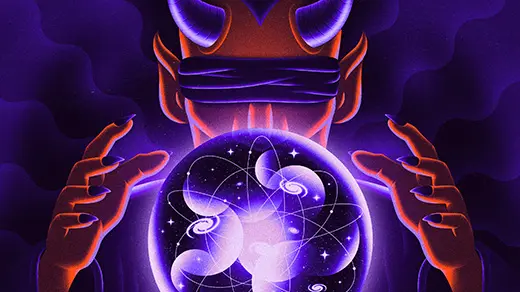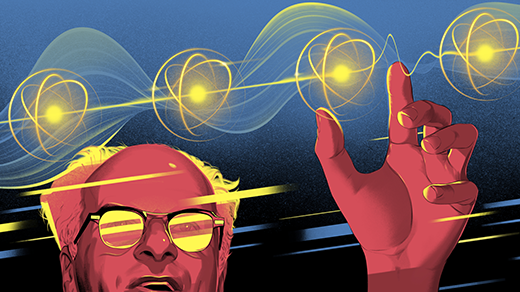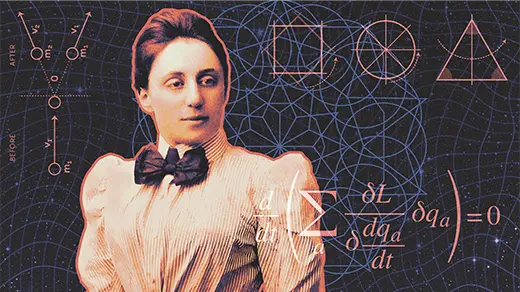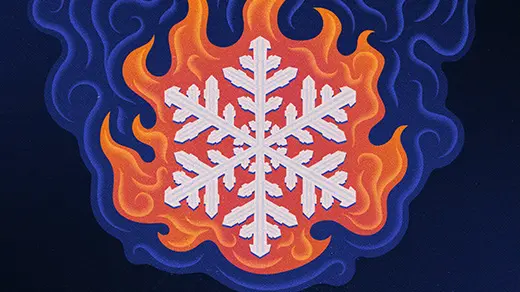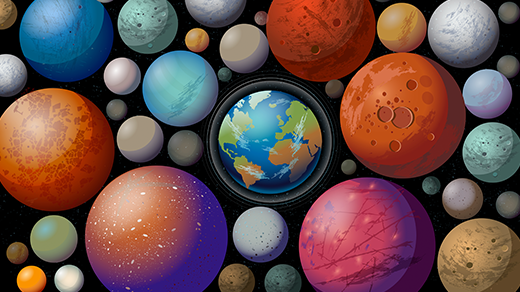What's up in
Physics
Latest Articles
‘Next-Level’ Chaos Traces the True Limit of Predictability
In math and computer science, researchers have long understood that some questions are fundamentally unanswerable. Now physicists are exploring how even ordinary physical systems put hard limits on what we can predict, even in principle.
The Physicist Working to Build Science-Literate AI
By training machine learning models with enough examples of basic science, Miles Cranmer hopes to push the pace of scientific discovery forward.
New Maps of the Bizarre, Chaotic Space-Time Inside Black Holes
Physicists hope that understanding the churning region near singularities might help them reconcile gravity and quantum mechanics.
How Hans Bethe Stumbled Upon Perfect Quantum Theories
Quantum calculations amount to sophisticated estimates. But in 1931, Hans Bethe intuited precisely how a chain of particles would behave — an insight that had far-reaching consequences.
How Noether’s Theorem Revolutionized Physics
Emmy Noether showed that fundamental physical laws are just a consequence of simple symmetries. A century later, her insights continue to shape physics.
Cosmologists Try a New Way to Measure the Shape of the Universe
Is the universe flat and infinite, or something more complex? We can’t say for sure, but a new search strategy is mapping out the subtle signals that could reveal if the universe has a shape.
Heat Destroys All Order. Except for in This One Special Case.
Heat is supposed to ruin anything it touches. But physicists have shown that an idealized form of magnetism is heatproof.
The Physicist Decoding the Nonbinary Nature of the Subatomic World
Inside the proton, quarks and gluons shift and morph their properties in ways that physicists are still struggling to understand. Rithya Kunnawalkam Elayavalli brings to the problem a perspective unlike many of their peers.
How Will We Know We’re Not Alone?
The first planet beyond our solar system was identified just 30 years ago. Since then, thousands have been found and characterized. As we look for more, exoplanet experts are also probing for signs of alien biospheres hundreds of light-years away. In this episode, co-host Janna Levin speaks with astrophysicist and astrobiologist Lisa Kaltenegger about how we’ll know we’re not alone in the cosmos.
